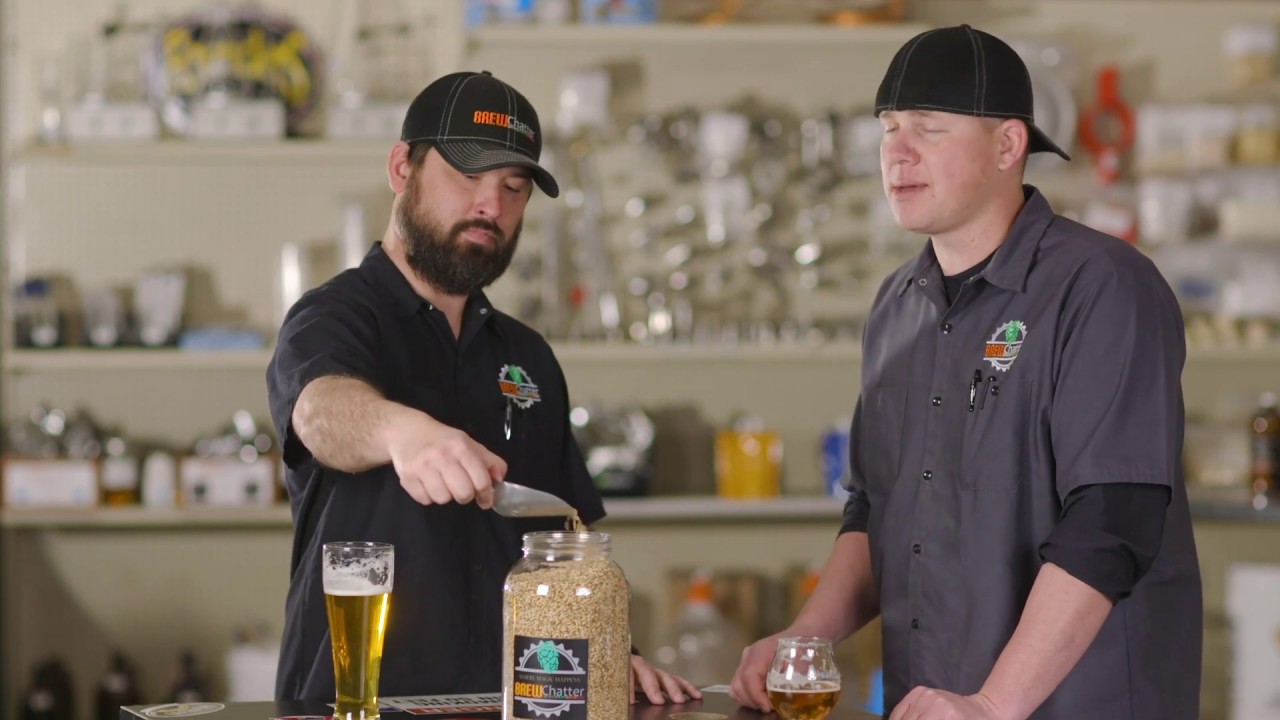Let’s get down to the basics of brewing with grain; all recipes will use a group of malts called “base malts.”
Contents
What is a Base Malt?
Brewers create a perceived difference between beers they brew by how they build their recipes. Variations include color, flavor, alcohol content, hopping and many other factors. To create a distinct beer, they start with a base. Fermentable sugars that come from the starches in the base malts create that “base” for the beer. These malts typically comprise anywhere from 60 to 100 percent of the grist.
After the base is formed, the brewer will add specialty malts and adjuncts to their recipe. Using cake recipes as an example, the base for all cakes consists mainly of flour. Now the Baker can add chocolate, or any other flavor to change the color, flavor or aroma of the cake.
Base Malt Functions
Alcohol
The brewer adjusts the amount of base malt in a recipe to achieve the alcohol content of the beer, if the brewer wants the more alcohol, then more base malt is added.
Base flavor profile
Use a lot of specialty malts and their character will probably mask the base malt flavor, and its importance is lessened. Use little or no specialty malts in the recipe to let the flavor of the base malt shine through.
Enzymes
Base malts provide most of the diastatic power to convert starches into fermentable sugars. They have the highest extract potential of all the malts in the recipe. So, if specialty malts, with little or no enzymes, were used in the recipe, the base malts provide the needed enzymes to do the job.
Base Malt Types
There are five common kinds of barley base malt: pale, mild ale malt, Pilsner, Vienna and Munich. Since Vienna and Munich are sometimes used in conjunction with other base malts, usually comprising no more than 30 percent of the grist, some brewers don’t consider them to be bonafide base malts. One thing is for sure; these malts provide for the base in a broad range of beers.
Pale malt, often called “two row,” is the most common base malt. 95 percent of all beers use Pale malt as their sole base malt.
Mild pale ale Kilned at a higher temperature than two-row pale malt. This flavorful malt is used to make ales, mainly traditional English ales.
Pilsen malt is used to brew traditional Czech or German pilsners.
Vienna has a malty flavor profile. Use as part of the grain bill in German lagers (but not pilsners) and Oktoberfests.
Munich malt used in German lagers, like Dunkel and Oktoberfests. Also, it is often used in ales like Porter and IPA.
The following is more detailed information about base malt descriptions given in the article How is malt beer made?
Basic Pale Malt – two row and six row.
The most common type of base malt and is used as the only malt for 95 percent of all beers. A very light color malt, usually about 1.8 to 2.1 degrees Lovibond, it creates beer that is medium yellow if your beer was made strictly from this malt.
This malt has enough enzymes to convert its starch and the starch from a good deal of adjuncts, up to 50 percent of the total grist. Since these malts are well modified, meaning it’s easy to convert their starches into sugars, the brewer can use any mashing schedule with them, the single-step infusion being the most common. (this is the simplest kind of mashing, conducted at a constant temperature in a single vessel).
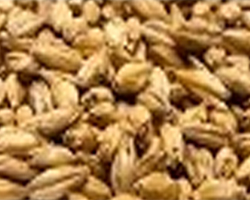
Two-row – How the grain grows on the stalk determines the names of these two forms of grain. Two-row has two kernels that grow opposite each other on the stalk. They tend to be large and uniform in size. As you might suspect six row, has six kernels that are slightly smaller than two-row kernels.
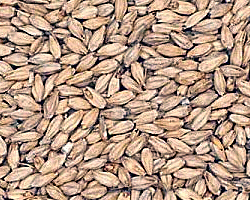
Six-row grain has more enzymes than two-row, they are the preferred malt of mega-breweries to convert the high percentage of adjuncts they brew with, like corn or rice in the beer recipe. Also, big commercial breweries typically use six-row because it is a little cheaper than two-row due to higher yields in the field. Important to big commercial brewers since it means saving dollars on each batch while home brewers with their smaller batches, find the savings are not enough to consider. Home brewers will use two-row due to a rounder flavor to the beer in contrast to six row that tends to have sharper flavors. The most common form of pale malt used by home and craft brewers is two-row. Pale malt can be used to make all types of beers. However, it is wise to use the base malt that has a flavor you like or want in the final beer.
Mild pale ale malt
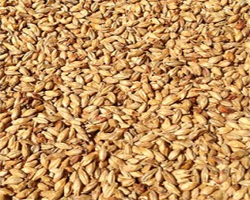
The same as standard two row. However, kilned at a slightly higher temperature, it will have a darker color (usually measuring about 3 to 4 degrees Lovibond). And will change the flavor profile, due to being very flavorful and malty, with a good malt aroma.
It works well with any mashing schedule, from the single infusion to step mashing since it tends to be the most modified of all the base malts. There is enough enzymatic power to convert itself and some extra adjuncts, up to 50 percent of the total grist. This malt is primarily intended to make ales, especially traditional English ales and is an excellent choice for Belgian-style amber ales. It’s too dark for a pilsner style beer.
This malt is sometimes sold as ESB (Extra Special Bitter) malt. However, darker versions are known as Amber and Mild malts.
Pilsen Malt
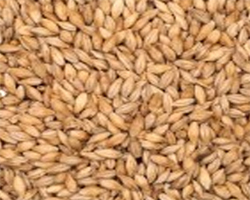
This malt typically is very light in color (anywhere from 1.1 to 2 degrees Lovibond). Sometimes it is called “pils,” “Pilsen” and is used to make pilsner style beers. Pilsner malt tastes thinner and crisper than regular two-row which carries over into the beer. The flavor profile for a pilsner has less maltiness and aroma, making it an ideal malt for pilsners.
Pilsner malts are less modified than regular two row but modified enough, so a single-step infusion mash presents no problems. Pilsner malt doesn’t have a lot of enzymatic power to spare, so a load of adjuncts can cause problems. Since you don’t want anything else in a true pilsner regardless, it’s of little concern.
Only one type of beer — traditional German or Czech Pilsners brewed from pilsner malt and usually consists of 100 percent pilsner malt and nothing else but hops, yeast and water.
Vienna Malt
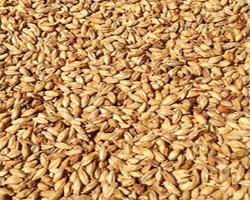
Vienna Malt is typically around 4 degrees Lovibond due to being more highly kilned than two-row. Vienna’s flavor profile is very malty and can have some grassiness to it. This malt is well modified and can work with any mash schedule.
Vienna malt’s primary purpose of is to make Vienna-style lagers, which are similar to Oktoberfests (also known as Märzen) but have a lower alcohol content.
Vienna malt has other uses, so even if you don’t want to brew a Vienna style beer. Use as part of the grain bill in German lagers (but not pilsners) and Oktoberfests. On the other hand, if you want the flavor of Vienna malt in your beer, you can use it in the recipe with somewhere around five to ten percent of the grist. While a Vienna lager might use 30 to 40 percent Vienna as one of its base malts, regular two-row is used for the rest of the grist.
Munich Malt
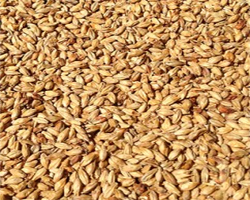
Munich is typical Lovibond from 6 to 30 degrees from the malt being more highly kilned than Vienna malt. However, the most typical range, however, is 8 to 9 degrees Lovibond. When someone refers to Munich malt, they usually mean the lighter versions that measure 9 degrees Lovibond or less. Standard” Munich malt is malty, has a slight toasty edge, and a lighter color. This toasty edge increases with the darker color, becoming the dominant flavor in the high-color Munich.
The lighter color Munich has enough enzymatic power to convert itself, but Munich starts to lose enzymes at a rapid pace above 15° Lovibond. Used in conjunction with two row (which you’d usually do regardless). Munich malts are well modified and require no particular attention during the mash.
As historical perspective, Munich malt was used to make Munich-style lagers, but these lagers are rarely brewed by commercial brewers today. The closest you’ll find in modern times is an Oktoberfest. The reason lagers were common centuries ago was due to Munich malt being one of the lightest malts that were available at the time. However, recently maltsters have been able to make malts much lighter in color. When the lighter color malts and the resulting pilsner style became available, Vienna and Munich styles died a slow death.
Munich is still popular with brewers and is always part of every Oktoberfest recipe, often in conjunction with some Vienna. An Oktoberfest recipe can have with 15 percent Munich, 5 percent Vienna, 5 percent crystal (60 – 90 Lovibond) and the balance of the grist being two-row malt.
Always consider Munich for any German lager that’s not a pilsner. Like a Dunkel, to brew this style, 100 percent medium-color Munich malt can be used. Brewers use Munich as a common ingredient in many ales. Like IPA, bock, doppelbock, Porter and many other styles. Recipes can use 5 to 10 percent Munich. It will add a nice maltiness to the beer, but don’t overdo it, or toastiness will start to become apparent.
Additional articles about Malts: (Extract malts) (Malts) (Specialty malts)

